zox-news domain was triggered too early. This is usually an indicator for some code in the plugin or theme running too early. Translations should be loaded at the init action or later. Please see Debugging in WordPress for more information. (This message was added in version 6.7.0.) in /var/www/wp-includes/functions.php on line 6121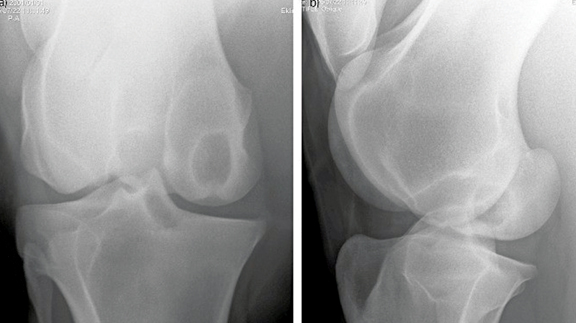

By Lauren Lamb Last month we talked about osteochondritis dissecans (OCDs). This month we are going to talk about subchondral cyst, which is another type of...
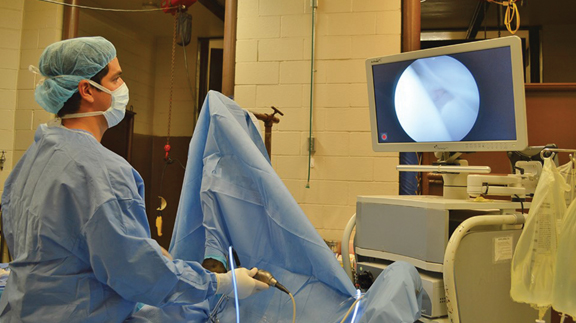

By Lauren Lamb Osteochondrosis is a disease in which the cartilage and subchondral bone in the joints fail to develop normally. The cartilage and subchondral bone...
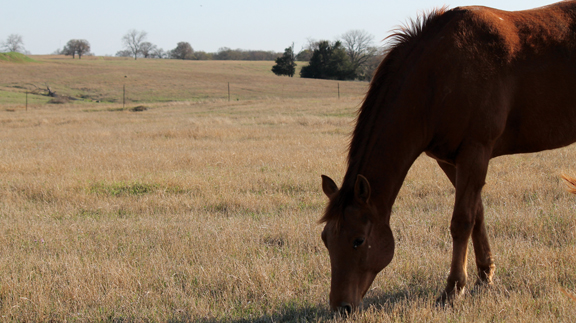

By Lauren Lamb, DVM Diarrhea in the adult horse can be caused by infectious and non-infectious diseases. Last month we talked about infectious causes of diarrhea;...


By Lauren Lamb The equine digestive tract is a complex and fragile system that is easily disrupted. Colic is the most common outcome of a digestive...
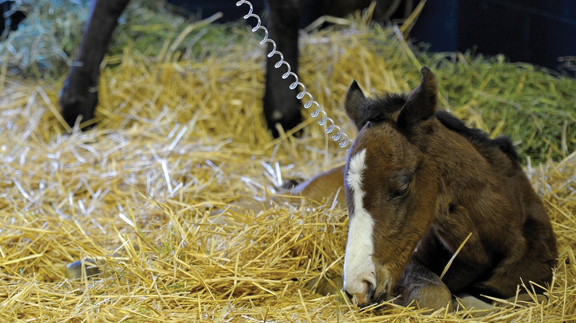

By Lauren Lamb Your broodmare is due to foal any day. You have spent countless hours searching the internet for information regarding newborn foals (medical care,...
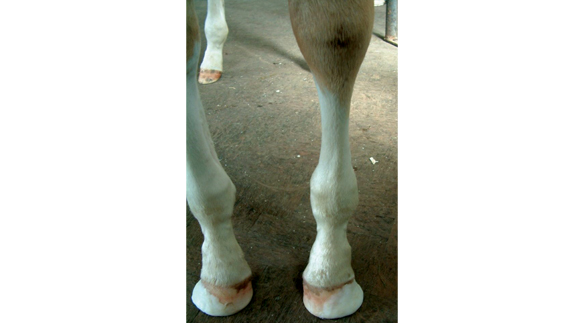

By Lauren Lamb Every year thousands of foals are born in the United States. Most of these foals are bred and raised to have a job...
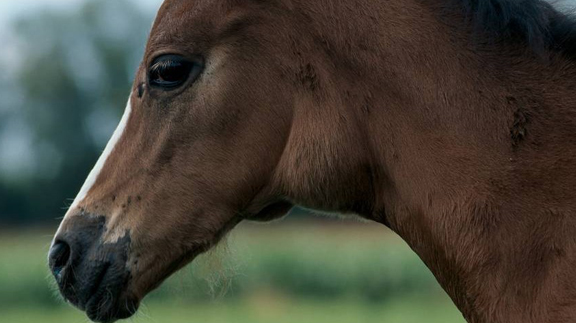

By Lauren Lamb Strangles, which is caused by Streptococcus equi ssp equi (S. equi) bacteria, is a disease commonly seen in horses. This bacterial infection frequently...
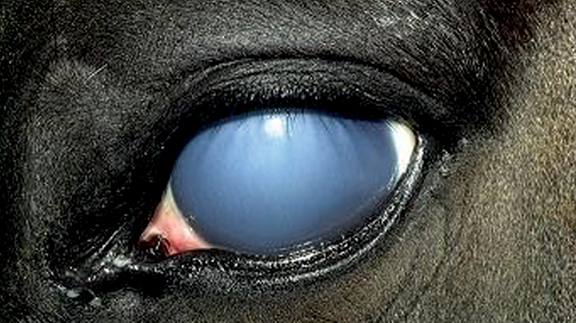

By Lauren Lamb Equine recurrent uveitis (ERU), also known as Moon Blindness, is a chronic, painful, inflammatory disease of the horse’s eye. The term Moon Blindness...
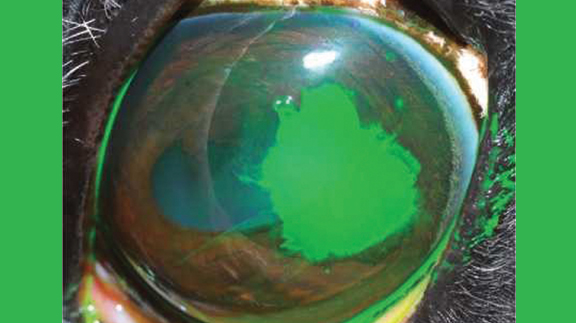

By Lauren Lamb The cornea is a thin, transparent but extremely strong tissue. It supplies most the light refraction of the eye. Light refraction helps focus...
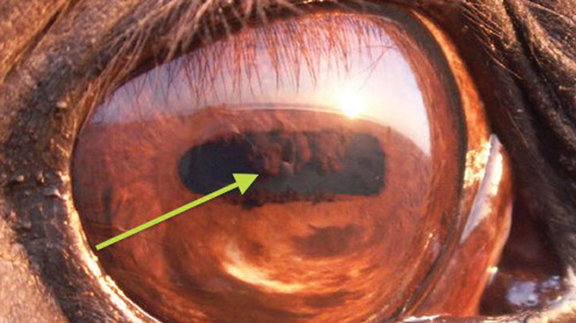

By Lauren Lamb The more we understand the differences between human and equine vision, the better we can understand and predict a horse’s overreaction to a...